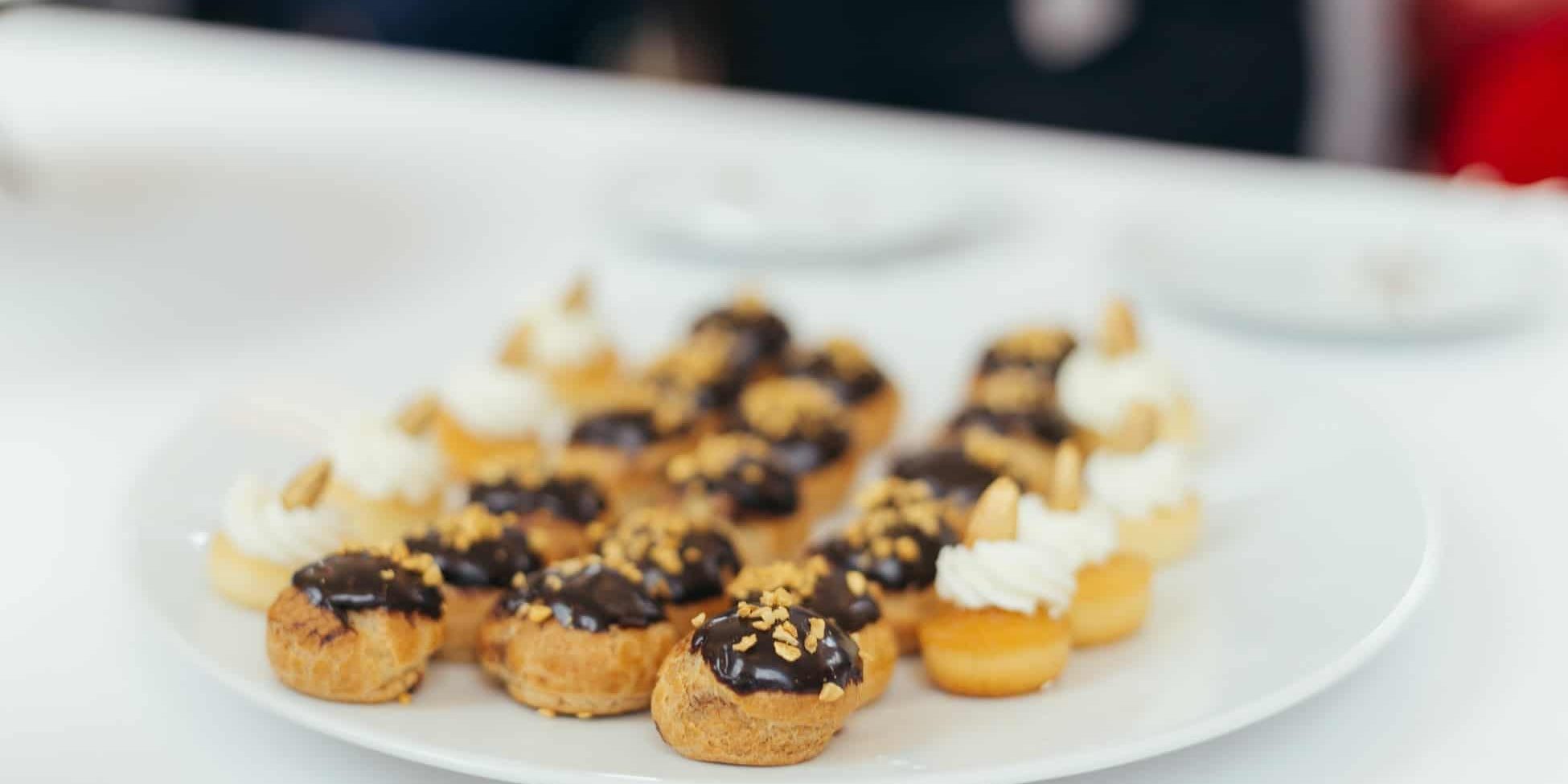Let’s take a gourmet tour of the French regional desserts! Indeed, France is known as one of the best culinary destination, recognized for its diversity and quality. Aside from the delicious food and wine, French pastry is a must. Indeed, its pastry chefs turn out to be the most creative in the world.
When you are planning to visit France, why don’t you take the time to discover the great diversity of desserts in each region of France? We have much more than macarons to offer you!
But this region is full of other great specialties as the “Far Breton aux Pruneaux” which is an essential cake in Brittany. You will easily find it in all the bakeries in the region. Renowned for its delicious texture, it is very easy to make: all you need is eggs, butter, flour, milk and sugar. Plain in its original recipe, there are now several variations, with prunes, grapes, dried fruits or even apples. A cake that you can enjoy with your family!
Good to know: Breton far is called “farzforn” in Breton which means “oven-baked”.
It is found in all Breton bakeries that respect themselves! This specialty from Fouarnenez is made from a buttery and sweet bread dough then rolled up like a puff pastry. A butter cake with a melting heart, caramelized and crispy on the outside from the melting of the butter and sugar during cooking. Kouign-amann is generally eaten warm in order to retain all its flavor.
As a little anecdote, this must-have cake was imagined following a mistake in a bakery. A confusion that the Bretons are far from regretting.
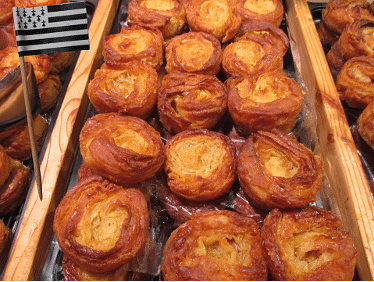
This dessert is an overturned apple pie. Before cooking, the apples are caramelized with sugar and butter. This delicacy can be served with a scoop of vanilla ice cream or a ramekin of crème fraîche. In addition, you will appreciate pastries such as macaroons from Montrésor, Rousseroles Tourangelles, croquignoles and cakes from Pithiviers. Gourmets will also find other desserts there such as Sologne honeys, Gâtinais honeys, Chârost croquets, Sanciaux, taped pears, Berry poirats and solognot palettes. Taped pear (“poire tappée”) is a culinary specialty of Touraine, of which Rivarennes, a small village near Azay-le-Rideau, is its capital. The taped pear appeared in the 16th century and its production was very important in the 19th century. Industrialization, the importation of foreign fruits and the two world wars almost made this specialty disappear.
At the end of the 20th century, its artisanal production resumed in Rivarennes. The fruits previously dehydrated in an oven are typed with a wooden instrument called a “platissoire”. They can be kept for many months. They can be enjoyed as they are or rehydrated in wine, syrup or cooked.
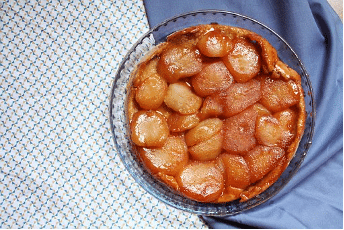
Let’s stop now in Burgundy and discover the great city of Dijon with one of its specialty. Its origin is Chinese – mi-kong or honey bread – but the people of Dijon have changed the recipe to make it a best-selling cookie around the world. Mulot & Petitjean, a family business and craftsman, has endured since 1796.
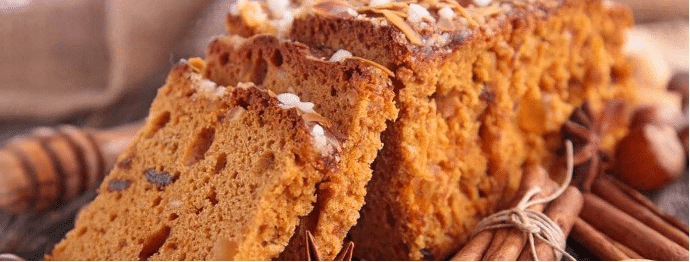
These cookies are traditionally enjoyed soaked in a glass of Chablis or a glass of champagne. The creator, Alfred Duché would have forgotten his cookies in the oven, making them dry cookies. He then had the idea of dipping them in a glass of chablis. It has become an essential biscuit in Chablis for 150 years. Also a prestigious regional dessert, pears belle-dijonnaise are pears poached in wine, topped with a vinous syrup blended with crème de cassis and spices. They are sometimes topped with raspberry coulis, accompanied by blackcurrant ice cream and almonds.
This is an unleavened cake that is usually eaten during the holiday season. It is made up of dried fruits and candied fruits macerated in plum, mirabelle or cherry brandy. These ingredients are held together by a thin layer of strongly spiced paste. In addition, this delicacy is served in thin slices.
This is a yeast brioche. This delicacy can be enjoyed in a sweet version for breakfast. In this case, you just need to add almonds and raisins soaked in rum or kirsch.
It is a pastry specialty from Saint-Tropez (a famous resort town in the south of France). It is a pastry invented by a Polish pastry chef. The tropézienne tart/pie is a large brioche filled with a thick layer of Princess cream (a smooth mixture of pastry cream and whipped cream), covered with caster sugar. History of the Tropezian tart: Landed in Provence with the Americans in 1945, Alexandre Micka opened a bakery on the Place de la Mairie in Saint-Tropez and sold alongside his pizzas, croissants and pastries, a cream cake, a recipe from his native Poland. Nearby, a team is shooting a film: “And God Created Woman”.
The names of the actors and the director are still unknown: Brigitte Bardot, leading female role; Curd Jurgens, leading male role; Jean-Louis Trintignant, young beginner and a certain Roger Vadim, director. The film would set the planet on fire. Very quickly, Alexandre Micka took care of meals for the film crew, and every day his famous cake was in greater demand.
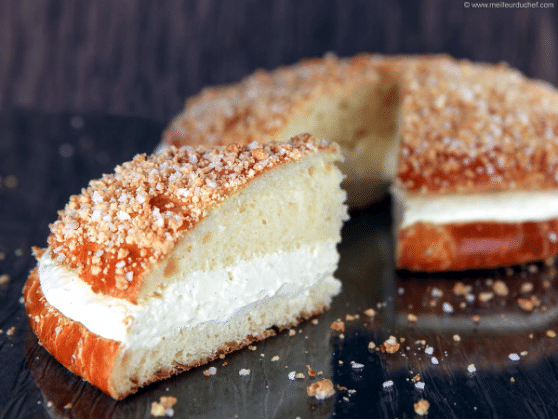
Do you know the island of Corsica and its great specialties? One of them is the Fiadone pastry. Fiadone is a Corsican flourless pastry made from brocciu, a cheese of Corsican origin. Fiadona is made with a mixture of eggs, sugar, fresh brocciu (cheese made from the whey from sheep and goat milk) and lemon zest.
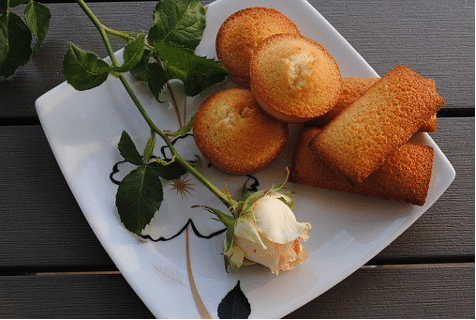
Lyon also known as THE Gourmet town of France and is full of delicacies. Their origin dates back to ancient Rome when people used to eat bugnes on Shrove Tuesday. They used all the cooking oils that would have been thrown during Lent, which is a period of fasting.
A bugne is a large fried donut powdered with sugar from Lyonnais and central-eastern France, traditionally eaten on public holidays, especially Mardi Gras (carnival donuts).
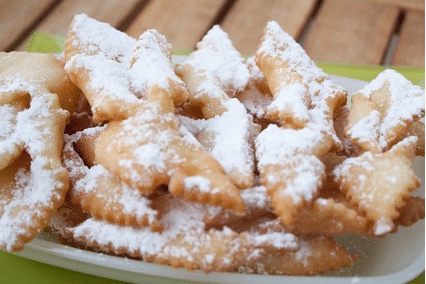
A quick stop in the Aquitaine Region, Bordeaux being the main city, and besides its famous wine, you will appreciate the Bordeaux “cannelé”. This is a soft, tender cupcake. This delight is flavored with rum and vanilla. Then, it is covered with a thick caramelized crust. In addition, you can taste other delicacies such as walnut cakes, Saint-Emilion macaroons, Landes pastis and Basque cakes.

Let’s finish this gourmet dessert tour by Paris! Of course, being the capital, you can really find all types of desserts.
This delicious pastry made with choux pastry, pastry cream, butter cream and chocolate (or coffee) was invented in 1856 at Frascati (located boulevard Montmartre), a famous Parisian café run by a Neapolitan ice cream parlor. On the other hand, the term is more recent: it appears for the first time in 1904 in the Larousse dictionary and according to legend, it was given this name for the color and the jagged shape of the icing, which would recall the dresses of the nuns.
This specialty was popularized by Lasne in 1890. And for good reason, with his shop located in the business district of Paris (near the Stock Exchange, to be exact), he had the idea of creating a small cake that can be eaten on the go. The financier has therefore been simmered for financiers in a hurry and not wanting to get their hands dirty!
It owes its name to the patron saint of bakers and pastry chefs (Saint-Honoré) and was invented around 1850 at Chiboust, the most famous Parisian pastry shop of the time located on rue Saint-Honoré. In Parisian pastry, it is above all a pastry consisting of a rolled out of puff pastry, shortcrust pastry or shortbread dough topped with choux pastry before baking. It is then covered with pastry cream and its rim with small puffs, always garnished with this same cream and then topped with caramel at the top or garnished with small caramel choux pastry.
The cake ends by filling the center with a chiboust cream (also called “saint-honoré cream”), light pastry cream with whipped cream, or simply whipped cream. This cream is placed with a nozzle at Saint-Honoré.
If you are interested in tasting French desserts during gourmet food tours, please do not hesitate to contact us to design you a trip following your wish. We have pre-made itineraries (still 100% customizable) yet we can build for you any trip you are dreaming about.
Did you like this article and want to know more? Read our previous article on French regional aperitifs!


